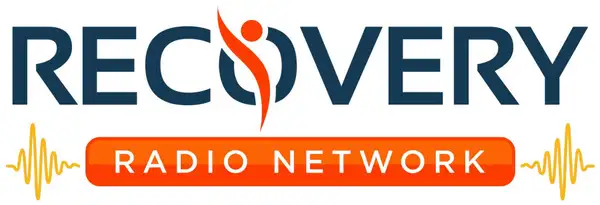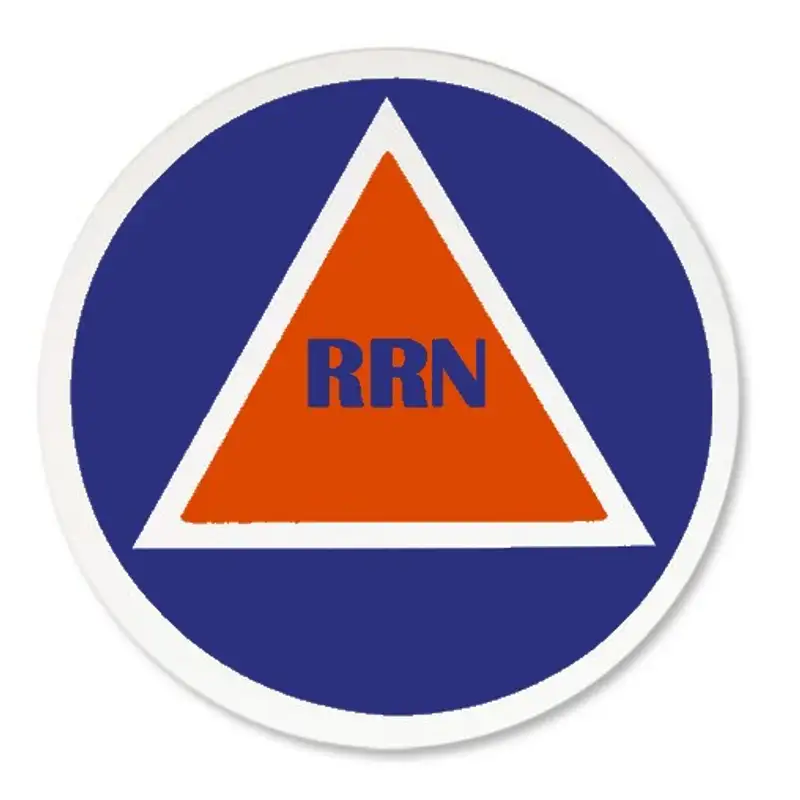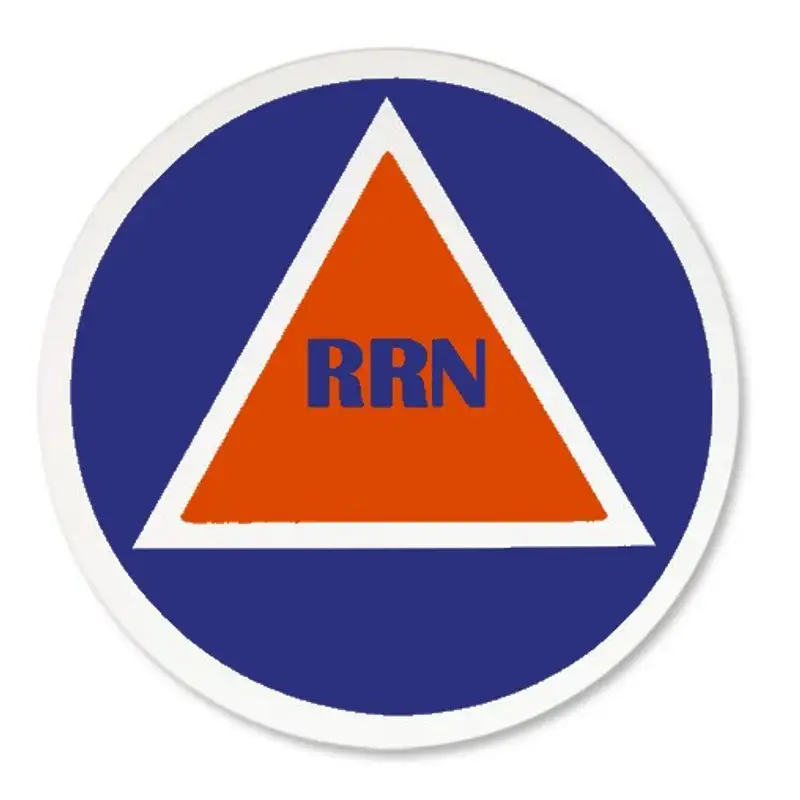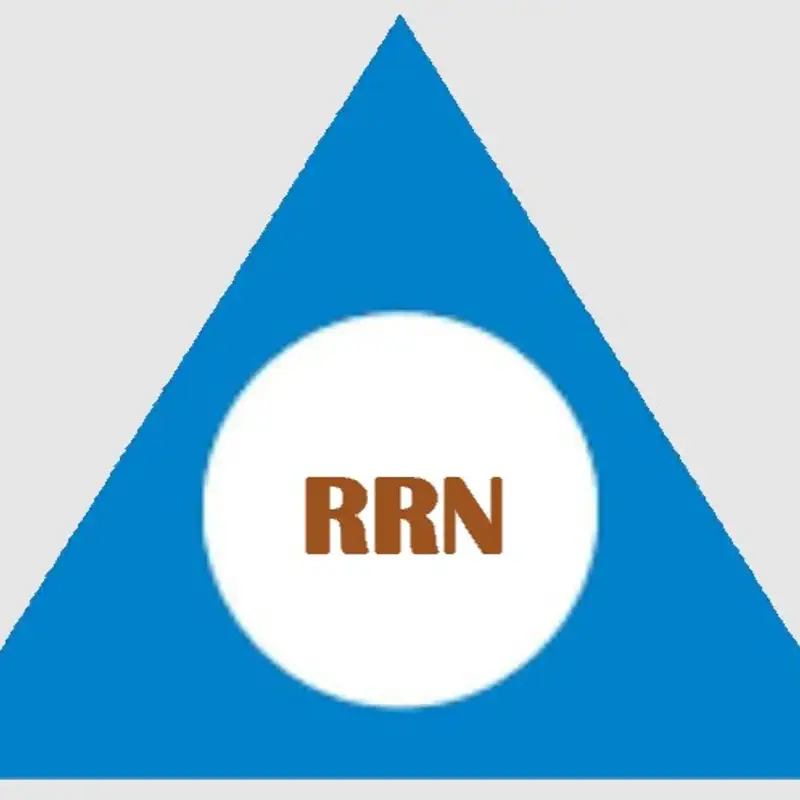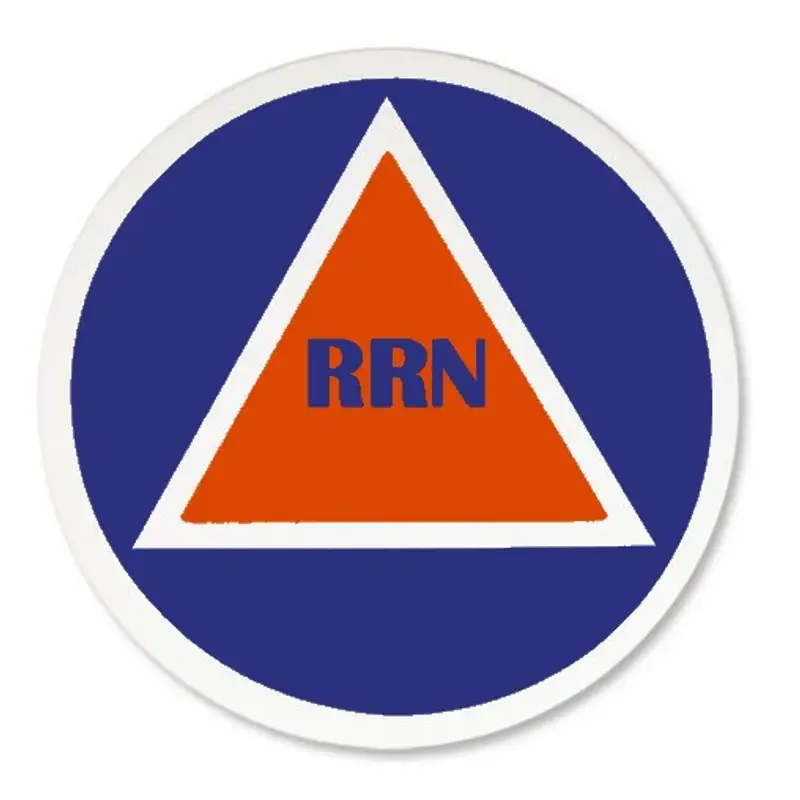The Recovery Radio Network brings you twelve step speakers and workshops designed for recovering individuals and the people who support them. The speakers share their personal experiences of recovery on the topics of Alcohol Use Disorder, Substance Use Disorder, and Co-dependency; while our workshops are aimed at helping recovering individuals develop a better understand of twelve step programs.
